Explore the captivating world of F. Scott Fitzgerald, one of the most iconic figures in American literature.
From his tumultuous personal life to his groundbreaking novels and short stories, Fitzgerald's work continues to resonate with readers around the world.
Join us on a journey through the highs and lows of Fitzgerald's life, as we delve into the themes and characters that define his timeless writing.
Early Life and Education of F. Scott Fitzgerald
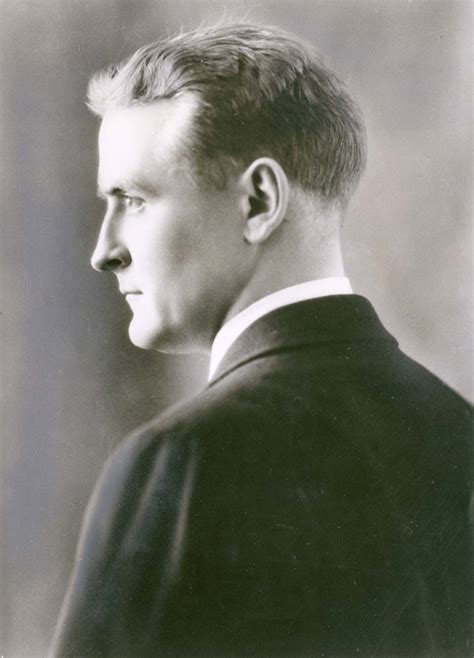
In this section, we will explore the early years and educational background of the renowned American author, F. Scott Fitzgerald.
- Fitzgerald was born on September 24, 1896 in St. Paul, Minnesota.
- He was named Francis Scott Key Fitzgerald after his distant relative, the author of "The Star-Spangled Banner."
- Throughout his childhood, Fitzgerald showed talent for writing and was encouraged by his parents to pursue his passion.
- He attended the Newman School, a Catholic prep school in New Jersey, where he began to develop his literary skills.
- After graduating from high school, Fitzgerald enrolled at Princeton University in 1913.
During his time at Princeton, Fitzgerald became deeply involved in writing and joined the university's literary clubs, honing his craft and laying the foundation for his future success as a writer.
Key Themes in Fitzgerald's Literary Work
F. Scott Fitzgerald is known for exploring a variety of complex themes in his writing that are still relevant today. Through his novels and short stories, he delves into the decadence of the Jazz Age, the disillusionment of the American Dream, the clash between social classes, the fleeting nature of success, and the intricate dynamics of love and relationships.
| 1. Decadence of the Jazz Age | 2. Disillusionment of the American Dream |
| 3. Clash between Social Classes | 4. Fleeting Nature of Success |
| 5. Intricate Dynamics of Love and Relationships |
The Impact of Fitzgerald's Personal Life on his Writing
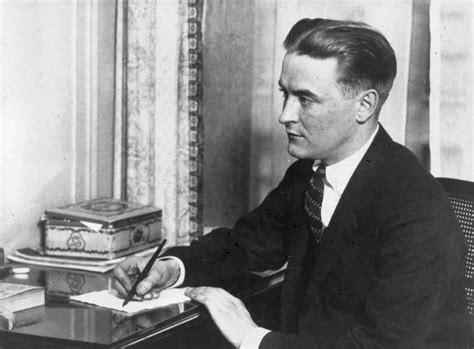
F. Scott Fitzgerald's personal life greatly influenced his writing, shaping the themes, characters, and settings found in his famous works.
Relationships: Fitzgerald's tumultuous relationship with his wife, Zelda, inspired many of his characters and themes, particularly in novels like "Tender is the Night" and "The Great Gatsby".
Struggles: Fitzgerald's own struggles with alcoholism and financial instability often mirrored the experiences of his characters, adding depth and complexity to his writing.
Influence: The people and events in Fitzgerald's personal life often found their way into his stories, giving readers a glimpse into the author's own emotions and experiences.
Exploring the Iconic Characters in Fitzgerald's Novels
Step into the fascinating world of F. Scott Fitzgerald's novels as we delve into the rich and complex characters that have captivated readers for generations. From the enigmatic Jay Gatsby in "The Great Gatsby" to the free-spirited Anthony Patch in "The Beautiful and Damned", Fitzgerald's characters are as vivid and multidimensional as the jazz-age era they inhabit.
The Cultural Context of Fitzgerald's Jazz Age Novels
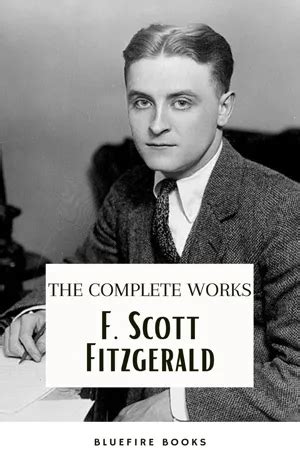
In order to fully understand the significance and impact of F. Scott Fitzgerald's novels set in the Jazz Age, it is crucial to explore the cultural context in which they were written. The Jazz Age, also known as the Roaring Twenties, was a time of great social change, economic prosperity, and cultural experimentation in America.
- The Roaring Twenties marked a significant shift in American society, with a newfound emphasis on leisure, entertainment, and self-expression.
- The rise of jazz music, flapper culture, and the booming economy all played a role in shaping the cultural landscape of the time.
- Fitzgerald's novels, such as "The Great Gatsby" and "Tender is the Night", capture the hedonistic spirit of the Jazz Age and reflect the social issues and moral dilemmas of the era.
- The themes of wealth, excess, and disillusionment that permeate Fitzgerald's works are closely tied to the cultural context of the Jazz Age and offer a window into the societal values and norms of the time.
Fitzgerald's Collaborations with Other Writers and Artists
In addition to his solo literary accomplishments, F. Scott Fitzgerald engaged in several collaborations with other writers and artists throughout his career. These partnerships provided him with new perspectives, inspiration, and opportunities to explore different creative avenues.
- Fitzgerald collaborated with his wife, Zelda Fitzgerald, on several projects, including short stories and even a play. Their shared experiences and dynamic relationship often influenced their collaborative work, resulting in pieces that captured the essence of their tumultuous partnership.
- Additionally, Fitzgerald worked closely with other notable writers of his time, such as Ernest Hemingway and Gertrude Stein, exchanging ideas, feedback, and support. These collaborations not only enriched Fitzgerald's writing process but also offered him a sense of camaraderie within the literary community.
- Furthermore, Fitzgerald collaborated with artists and illustrators on book covers and interior illustrations, enhancing the visual appeal of his published works. These partnerships added another dimension to his storytelling, creating a cohesive and immersive experience for readers.
The Reception of Fitzgerald's Work during his Lifetime
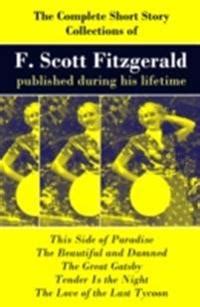
During his lifetime, F. Scott Fitzgerald's work received a range of reactions and criticisms from both readers and critics. From the publication of his first novel, "This Side of Paradise," to his later works like "The Great Gatsby" and "Tender Is the Night," Fitzgerald's writing style and themes were often viewed in different lights by various audiences.
- Some critics praised Fitzgerald's elegant prose and exploration of the American Dream, recognizing him as a voice of his generation.
- Others, however, criticized his portrayal of wealth and excess, viewing his characters as shallow and materialistic.
- Despite mixed reviews, Fitzgerald's work gained popularity among readers, with many connecting to his portrayal of love, loss, and the pursuit of success.
Overall, the reception of Fitzgerald's work during his lifetime was a complex mix of admiration, critique, and commercial success, shaping his legacy as one of the great American writers of the 20th century.
The Influence of Fitzgerald on Modern Literature and Culture
F. Scott Fitzgerald's impact on modern literature and culture is undeniable. His works have inspired countless writers, artists, and thinkers, shaping the way we view the world and fueling our imaginations.
Through his vivid characters, poignant narratives, and exploration of the complexities of human nature, Fitzgerald continues to resonate with readers and creators across the globe. His themes of love, wealth, disillusionment, and the American Dream have been revisited and reinterpreted in countless contemporary works.
- Many authors have cited Fitzgerald as a major influence on their own writing, drawing inspiration from his prose style, storytelling techniques, and thematic explorations.
- Fitzgerald's exploration of the Jazz Age and the Roaring Twenties continues to inform modern depictions of the era in literature, film, and art.
- His iconic characters, such as Jay Gatsby and Daisy Buchanan, have become cultural touchstones, symbolizing timeless themes and ideas that transcend their original context.
- The themes of aspiration, ambition, and the pursuit of happiness in Fitzgerald's works continue to resonate with audiences today, reflecting our ongoing fascination with the complexities of the human experience.
Uncovering F. Scott Fitzgerald's Short Stories and Essays
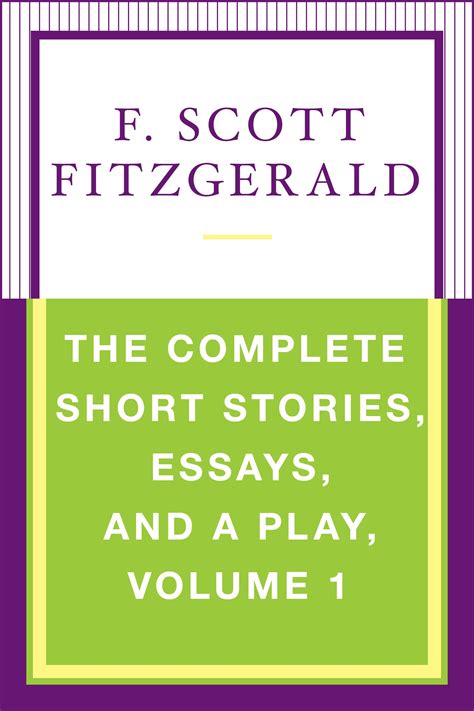
Explore the intricate world of F. Scott Fitzgerald's short stories and essays as we delve into the themes, characters, and literary techniques that define his unique writing style. From the Jazz Age glamour to the complex portrayal of the American Dream, Fitzgerald's works offer a captivating glimpse into the society and culture of his time.
The Role of Fitzgerald's Wife, Zelda, in his Creative Process
F. Scott Fitzgerald's wife, Zelda, played a significant role in his creative process as a writer. Their relationship and interactions often influenced the characters, themes, and events in his novels and short stories.
| Zelda's Influence on Characters | Zelda served as inspiration for many of Fitzgerald's female characters, embodying qualities that he found captivating and alluring. Her personality, quirks, and experiences often found their way into the pages of his works. |
| Zelda's Impact on Themes | Zelda's tumultuous relationship with Fitzgerald, combined with her struggles with mental health, influenced the recurring themes of love, identity, and the American Dream in his writing. Her presence added depth and complexity to his narratives. |
| Zelda's Role in Events | Zelda's actions and decisions, as well as her influence on Fitzgerald's own life, shaped the plotlines and conflicts in his stories. Her presence in his life often mirrored the dynamics of his characters' relationships. |
Adaptations of Fitzgerald's Work in Film and Television
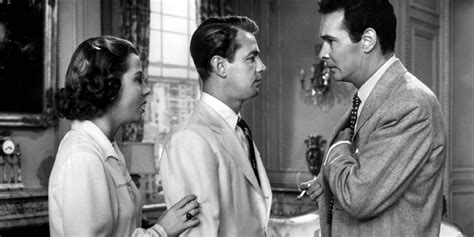
In this section, we will explore the various film and television adaptations of F. Scott Fitzgerald's works, examining how his iconic novels and short stories have been brought to life on screen. From classic adaptations to modern interpretations, Fitzgerald's themes and characters continue to captivate audiences in visual media.
How Fitzgerald's Writing Style Evolved over the Course of his Career
In this section, we will explore the evolution of F. Scott Fitzgerald's writing style throughout his career. From his early works to his later masterpieces, we will examine how his language, themes, and narrative techniques transformed over time. By analyzing the progression of his writing style, we can gain a deeper understanding of the development of Fitzgerald as a writer and the impact it had on his literary legacy.
Exploring the Symbolism and Imagery in Fitzgerald's Major Works
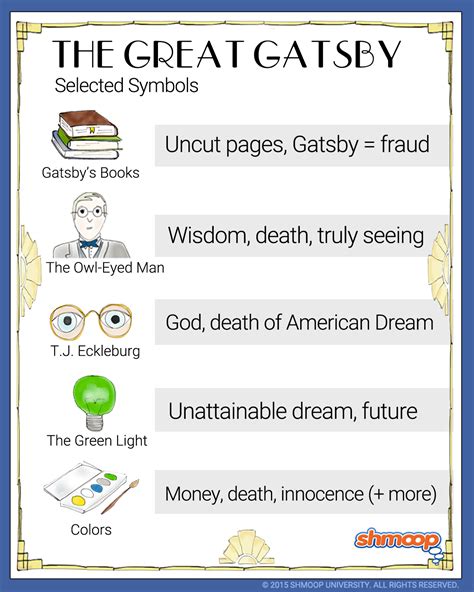
In this section, we will delve into the rich symbolism and vivid imagery that permeate the major works of F. Scott Fitzgerald. Through his masterful use of symbols and imagery, Fitzgerald creates a layer of depth and meaning that captivates readers and elevates his storytelling to a new level. Let's take a closer look at how Fitzgerald's use of symbols and imagery enhances the themes and characters in his iconic works.
| Symbolism | Imagery |
| The green light in "The Great Gatsby" symbolizing hope and the American Dream | The decadent parties at Gatsby's mansion, representing the excesses of the Roaring Twenties |
| The Valley of Ashes symbolizing the moral decay of society | The lush descriptions of Daisy Buchanan's voice, symbolizing the allure of wealth and status |
| The green breast of the new world in "Tender Is the Night," symbolizing renewal and rebirth | The French Riviera setting, evoking a sense of luxury and decadence |
The Legacy of F. Scott Fitzgerald in American Literature Today
In today's American literary landscape, the influence of F. Scott Fitzgerald continues to be deeply felt. His timeless themes of love, loss, and the pursuit of the American Dream resonate with readers of all ages. Fitzgerald's innovative writing style, characterized by vivid imagery and lyrical prose, has inspired countless contemporary authors to push the boundaries of storytelling.
| Fitzgerald's exploration of the complexities of human nature and the societal pressures of the Jazz Age serves as a cautionary tale for modern writers grappling with similar issues. |
| Many of Fitzgerald's iconic characters, such as Jay Gatsby and Daisy Buchanan, have become archetypes in American literature, influencing the way authors depict relationships, ambition, and class dynamics. |
| Additionally, Fitzgerald's critique of the materialism and excess of his time resonates with contemporary writers who seek to explore the consequences of unchecked consumerism and wealth disparity. |
Fitzgerald's Unfinished Works and Posthumously Published Material
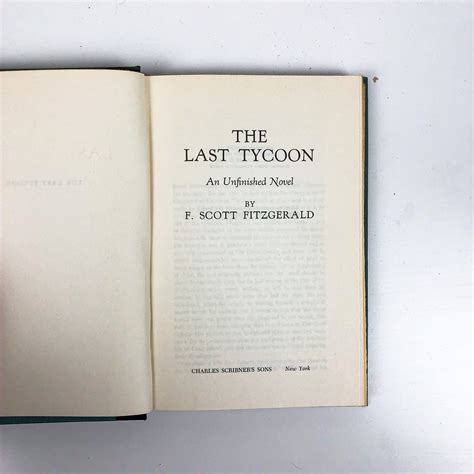
F. Scott Fitzgerald's literary legacy extends beyond his completed novels and short stories. This section explores the unfinished works and posthumously published material that offer insights into the author's creative process and provide additional perspectives on his works.
Unfinished Works: Despite his prolific output, Fitzgerald left behind several unfinished manuscripts at the time of his death. These incomplete works offer a glimpse into the author's evolving ideas and writing style, shedding light on the creative challenges he faced during his career.
The Love of the Last Tycoon (1941) is perhaps the most well-known of Fitzgerald's unfinished novels, left in rough draft form at the time of his death. This work, later published posthumously as The Last Tycoon (1941), offers a revealing look at Fitzgerald's portrayal of Hollywood and the complexities of the entertainment industry.
Posthumously Published Material: In the years following Fitzgerald's death, a number of his previously unpublished works were released to the public. These posthumous publications include short stories, essays, and letters that provide new insights into the author's life and literary influences.
Babylon Revisited and Other Stories (1960) is a collection of Fitzgerald's short stories that were published posthumously. These tales explore themes of wealth, love, and loss, showcasing the author's keen observations of American society during the Jazz Age.
FAQ
What are some key events in F. Scott Fitzgerald's life that influenced his writing?
F. Scott Fitzgerald drew heavily from his own life experiences in his writing. Some key events that influenced him include his time at Princeton University, his relationship with his wife Zelda, and his struggles with alcoholism and financial instability.
Which of F. Scott Fitzgerald's works are considered his most famous?
F. Scott Fitzgerald is best known for his novel "The Great Gatsby," which is considered a masterpiece of American literature. Other famous works include "This Side of Paradise," "Tender Is the Night," and "The Beautiful and Damned."
What were some of the themes explored in F. Scott Fitzgerald's writing?
F. Scott Fitzgerald's writing often delved into themes of wealth, social class, love, and the American Dream. He also frequently explored the idea of the "Lost Generation" following World War I and the disillusionment of the post-war era.
How did F. Scott Fitzgerald's personal struggles impact his writing?
F. Scott Fitzgerald's personal struggles, including his tumultuous relationship with his wife Zelda, his battle with alcoholism, and his financial troubles, often found their way into his writing. These experiences shaped the themes and characters in his work, giving his writing a sense of authenticity and emotional depth.



